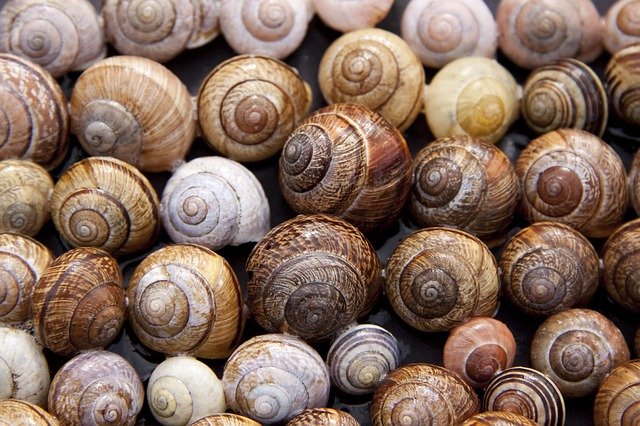
Calcarea phosphorica is a homeopathic remedy that is derived from shredded calcium phosphate. In the homeopathic field it is used in case of disorders concerning bone tissue, blood and nervous system.
Calcium phosphate in nature
Calcium phosphate is the calcium salt of phosphoric acid that at room temperature looks like an odorless white solid.
It is a very common salt in nature; it is found in various forms in deposits and as an integral part of liquids and organic tissues. The minerals of calcium phosphate are the three genera of apatite: chlorapatite, fluorapatite and hydroxyapatite. The apatitis have an ionic structure and, consequently, are characterized by a high melting point (over 1400 ° C) and considerable hardness.
Calcium phosphate is rarely found pure in nature and its minerals have been found in Morocco, Israel, Egypt and the Philippines and other countries, as well as traces on the Moon.
In reference to living beings it represents about 60% of the matrix of bone tissue and teeth. It is also one of the main components of the shell shell.
Phosphates in food
Phosphates, including calcium phosphate, are present in virtually every food but especially in protein ones, such as milk, fish, meat, and eggs. In the form of polyphosphates, they are widely adopted by the food industry as additives.
They are usually used in cured meats (for example in cooked ham) and canned meat. In industrial pastry products they are used as leavening agents, while for meats, cheeses and sausages they perform a thickening function, to maintain their tone. For this purpose they are used in relatively high doses: experts advise not to abuse them, as they contribute to the formation of kidney stones, they increase blood pressure and the risk of cardiovascular diseases.
Calcium phosphate in medicine
In the past, calcium phosphate was used as an antidiarrheal and mineralizing remedy; today it is used as an antacid, as a food supplement and in dentistry.
It is also used in the treatment of bone defects or as a substitute for a bone graft when a transplant is not possible.
It can be present alone or in combination with biodegradable materials such as polyglycosic acid or self-binding materials for bone grafts.
phosphorica limestone: homeopathic remedy
The homeopathic preparation of Calcarea phosphorica is obtained by shredding calcium phosphate. This homeopathic remedy is especially effective when it comes to dealing with cases of slow healing related to diseases of the bones or joints.
Phosphoric limestone is used when the following emotional states arise:
- unhappiness;
- restlessness;
- dissatisfaction;
- tendency to complain;
- labile memory;
- desire for novelty;
- difficulty adapting to the routine.
As far as physical problems are concerned, Calcarea phosphorica is optimal in cases of:
- fractures;
- sprains;
- sore throat;
- digestive disorders;
- sore joints;
- slow growth of teeth in children;
- slow bone development;
- fatigue;
- anemia and blood-related problems.
The phosphorica limestone type

Calcarea phosphorica is the homeopathic remedy progenitor of subjects with a phosphoric constitution. This remedy is indicated in patients who have the following characteristics:
- asthenia;
- dystonia;
- fear;
- impatience;
- vehemence;
- memory deficit;
- learning delay;
- low propensity to commitments.
Generally the subject Calcarea phosphorica has undergone, during childhood, a slow development and formation of tissues, followed by a rapid growth in the period of adolescence.
He is an easily irritable subject and gets tired at the slightest effort. The asthenia of the subject Calcarea phosphorica is manifested by psychosomatic disorders: it somatizes every adverse event that induces him into a state of apathy. However, he has a strong appetite that leads him to eat voraciously; he also often has cold hands and feet.
From the general point of view the subject Calcarea phosphorica has problems that concern the intellectual sphere with bad memory and fatigue for intellectual work. As for the physical appearance, the subject Calcarea phosphorica is very often brown, thin, long-limbed, with narrow chest, long teeth, lean wrist and tapered fingers.
As has already been seen for other constitutional types, each subject records a worsening and improvement of the symptomatology in particular circumstances. In the case of Calcarea phosphorica patients the symptomatology worsens with changes in weather, cold, humidity, with intellectual effort; improves with hot and dry weather, in summer, eating.






